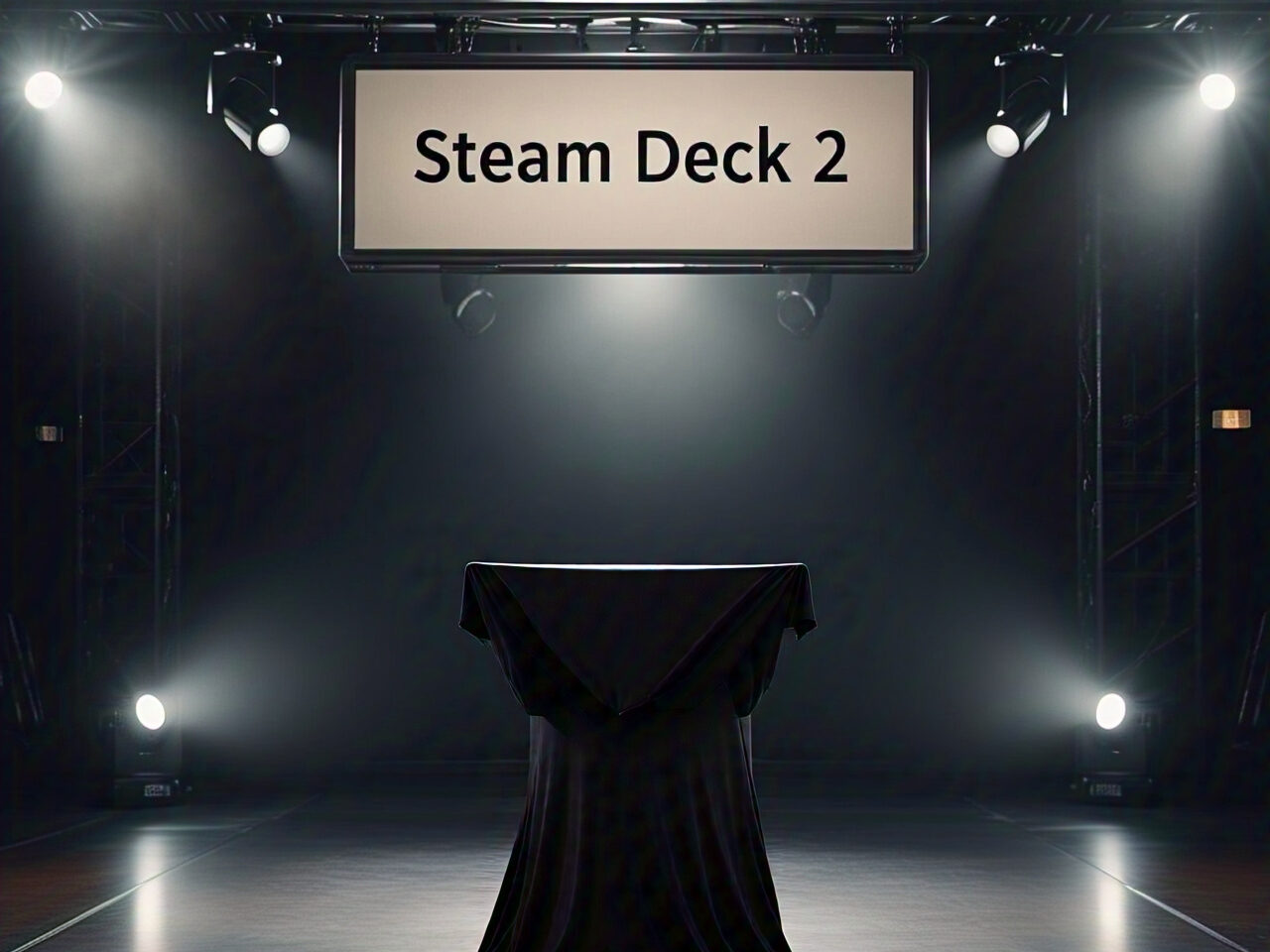This week is the Consumer Electronics Show (CES) in Las Vegas, bringing with it a new torrent of handhelds and portable devices to compete for the growing niche of handheld modern PC gaming. None of those will be the Steam Deck 2.
Instead, Valve is turning its attention toward standardizing SteamOS for other OEMs, and supposedly returning to the world of home consoles with some new rumored Steam Machines.
This pregnant silence from Valve around a Steam Deck 2 is noteworthy as the likes of Acer, ASUS, MSI, and a host of smaller Chinese ODMs lean into new AMD and Intel SoCs to power their next generation of handhelds. The chips featured in devices shipping later this month will be about half a decade newer than the custom Zen 2 chip Valve contracted AMD to use in its OG Steam Deck.
So as Valve remains quiet on its handheld plans, will this slow pace be its downfall?
A page from the Nintendo playbook
Valve is more or less following Nintendo’s strategy when it comes to handheld maturity. The Steam Deck has a strong catalog of compatible games, leaning more into developer optimizations rather than raw processing power. This echoes the evolution of the Switch, which is now (finally!) getting its next handheld generation sometime later this year.
Similarly, Valve also “refreshed” its hardware in 2023 with the reveal of the OLED Steam Deck, featuring a slightly tweaked CPU and far improved display. You could rinse and repeat the same with Nintendo’s rollout from the original Switch, to the Switch Lite, and Switch OLED between 2017 and 2021.
We can summarize Nintendo’s strategy as a “slow and steady” approach:
- Ship a few, carefully designed handhelds with a thoroughly designed software experience and form factor.
- Tweak hardware and software gradually with incremental SKUs, ensuring all current generation SKUs benefit from updates.
- Leverage game developers to maximize hardware performance.
A far cry from hardware peers
On the other hand, the likes of MSI, Lenovo, and ASUS tend take a more aggressive approach to their hardware:
- Ship a minimally viable SKU with basic support for the form factor and software, leaning into standard hardware and software.
- Rapidly design new SKUs as new software and hardware comes available, not necessarily timed to consistent product or launch moments.
- Shift features and functionality based on early adopter feedback, or peer/competitor design decisions.
- Updates quickly fork, leaving behind incremental devices in the same product generation.
This approach leads to a “kitchen sink” of devices, varying in everything from form factor, to SoCs, and even supported software, drivers, and compatbility. Usually this brings a more confusing product roadmap, but also one that can rapidly adjust toward the current product market fit. It also tends to alienate early adopters, who are quickly left behind in both hardware and software as the “newest” handhelds are released every 6 to 12 months. Just ask all those ROG Ally owners.
Will Valve regret going slow?
But is Nintendo’s strategy the right one for Valve to emulate? That depends on Valve’s end-game.
Steam Deck owners are probably exiting the apex of their device generation. The biggest benefit at this point is purely price as the newer devices are at least twice as expensive in early 2025. Battery performance is starting to lag as manufacturers bring more efficient processing and larger batteries to newer devices that are at times smaller than the Steam Deck.
But all of this only matters if Valve’s end game is to lead the pack with its hardware. If instead Valve’s goal was simply to seed the future of handheld computing while ensuring Steam remains the leading platform to provide that service, then their mission is already complete.
I suspect Valve has been trying to maintain a middle path of sorts, mostly because it hasn’t done much to broadly release SteamOS to partners. Only one official partner has been announced (Lenovo) and that device will not ship with SteamOS until sometime later this year.
And I think this “slow and steady” middle path is one Valve may come to regret in the coming years. Valve is a generally lean company, a corporate dwarf in comparison to ASUS, Lenovo, MSI, and Microsoft (who appears to be inevitably preparing an Xbox handheld). It also wants to lead in hardware and software innovations, while also not readily giving up those advantages (such as its superb Steam Controller Community ecosystem).
Unlike Nintendo and its relatively closed ecosystem, I don’t think Valve can get away with staying slow and steady as competitors launch more handhelds more frequently in 2025.
